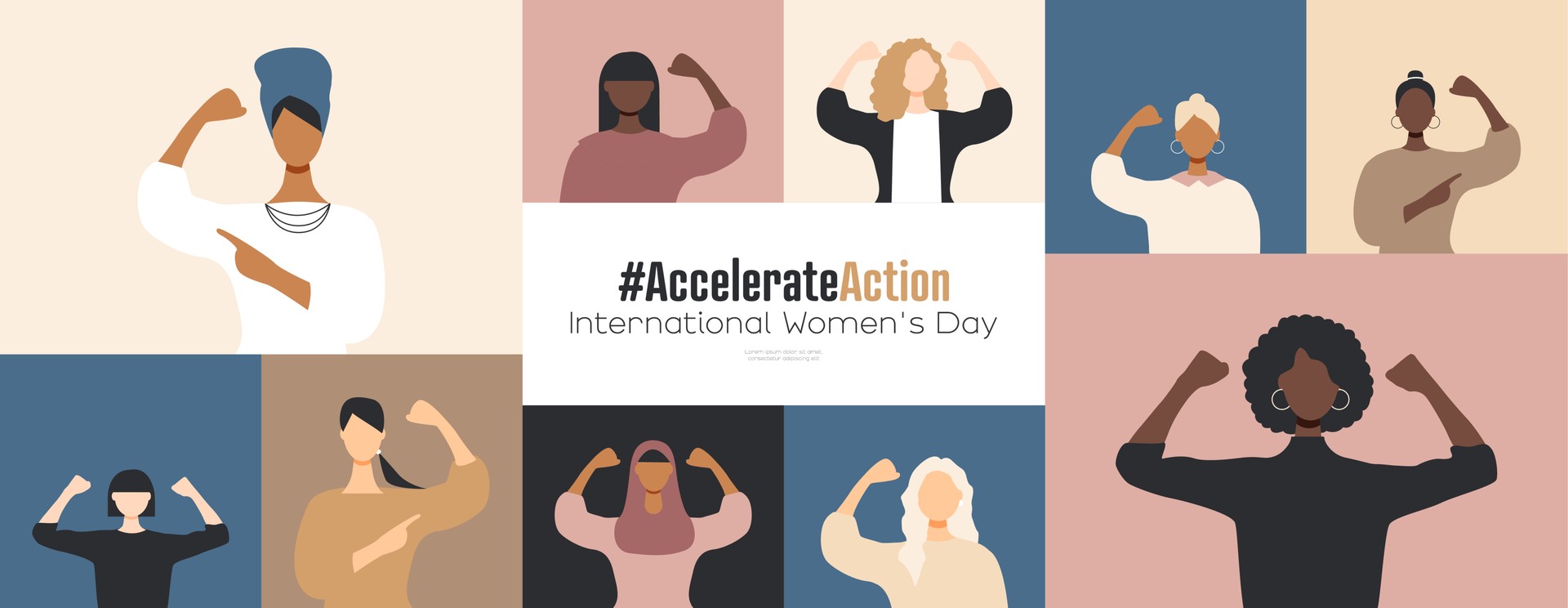
More than a century after women began marching for their rights, gender inequality remains a global struggle.
Around 119 million girls worldwide are still denied an education, and women continue to have access to only two-thirds of the rights that men enjoy. At the current pace, experts predict that full gender equality will not be achieved until 2158.
In Türkiye, where women gained the right to vote in 1934 ahead of many European countries, progress is still necessary.
Women make up less than 20% of Parliament, only 36% participate in the workforce, and at least 394 women were murdered in 2024. International Women's Day is not just a day of recognition, but the current statistics show that the struggle for equality is far from over.
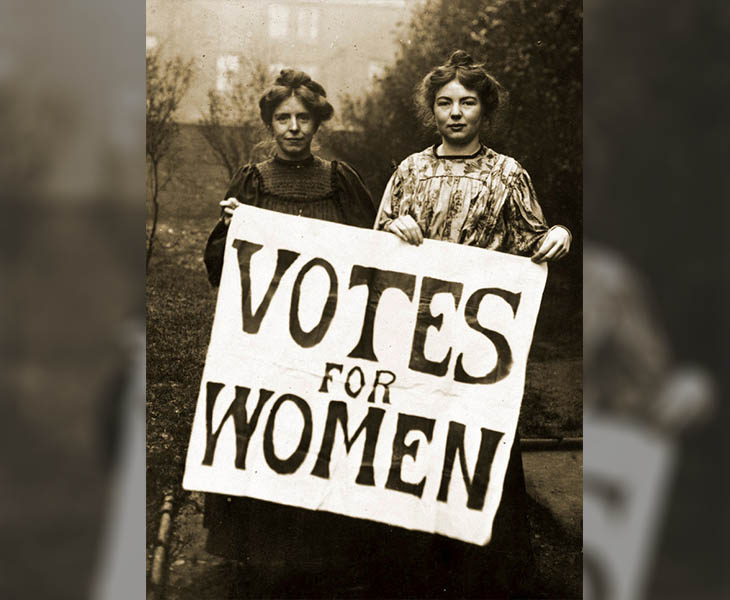
The roots of International Women's Day go back to the labor movements of the early 1900s. Women workers, frustrated with poor working conditions, low wages, and lack of political rights, began organizing protests and strikes.
A year later, in 1909, the Socialist Party of America declared Feb. 28 as National Women's Day, marking the first official recognition of a day dedicated to women's rights.
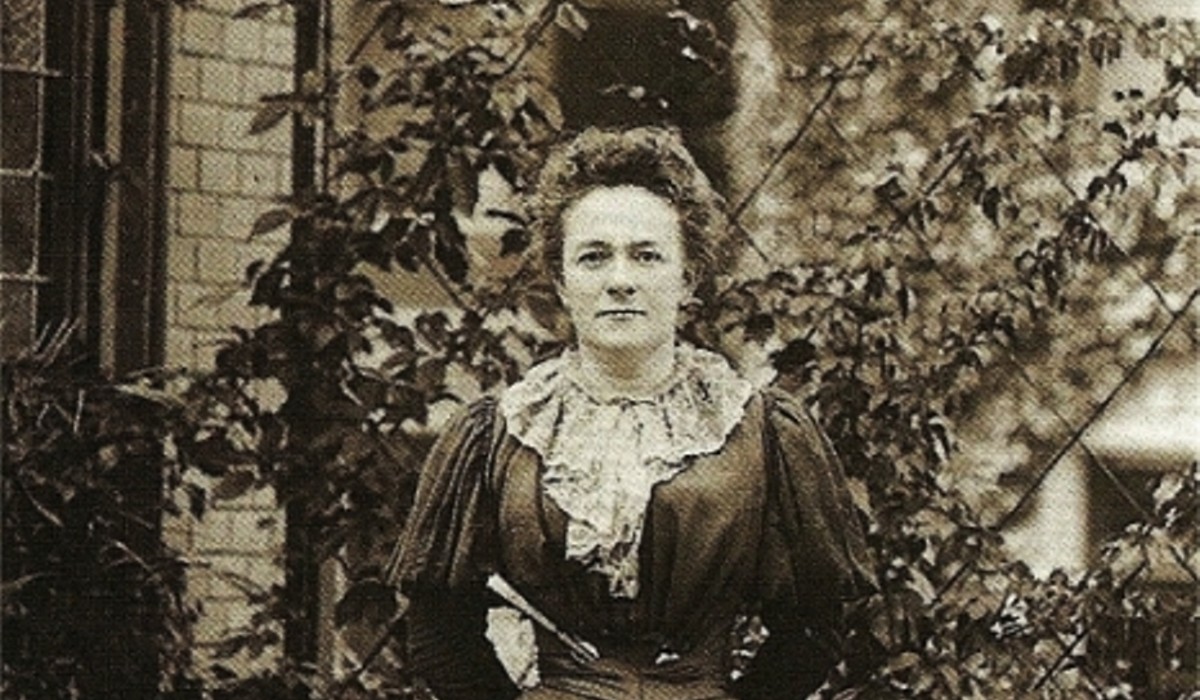
The first widespread celebration took place on March 19, 1911, in Austria, Denmark, Germany, and Switzerland.
More than a million people participated in protests and rallies, calling for women's rights, including the right to work, vote, and hold public office.
The movement continued to grow throughout the 20th century, with women's rights activists using the day to push for equal pay, reproductive rights, and an end to gender-based violence.
While IWD is an occasion to recognize women's contributions, it remains a crucial day to talk about gender disparities and raise awareness.
The United Nations' International Women's Day theme for 2025 is "For ALL Women and Girls: Rights. Equality. Empowerment," while the broader IWD movement has adopted "Accelerate Action" as its theme, emphasizing the need for urgent steps toward gender parity.
According to the World Economic Forum, at the current pace, full gender equality will not be reached until 2158—over five generations from now.
Statistics show the gaps that still exist:
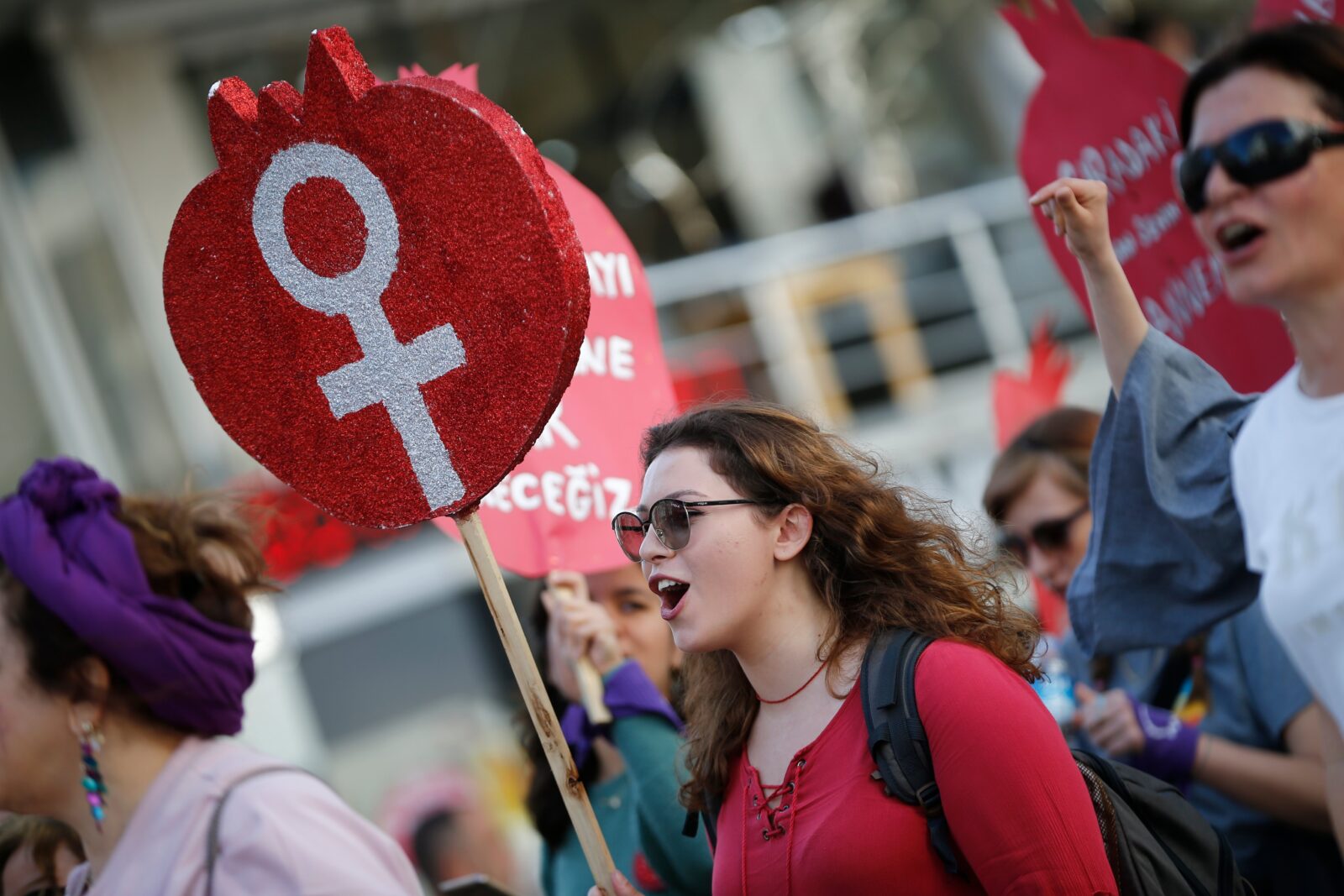
Türkiye was one of the first countries to grant women the right to vote in 1934, ahead of several European nations, including France (1944), Italy (1945), Greece (1952), and Switzerland (1971).
However, recent data shows that Turkish women still face serious challenges in employment, political representation, and safety.
Despite legal protections like Law No. 6284, domestic violence remains widespread, and survivors struggle to access justice due to weak enforcement and societal stigma.
Women in Türkiye also face barriers in career advancement due to gender biases in hiring, workplace discrimination, and limited childcare support. These challenges make it harder for women to achieve financial independence.
While more women are entering politics and business, structural and cultural obstacles continue to prevent full gender equality. Activists and organizations are pushing for stronger enforcement of existing laws, equal pay policies, and better protection against gender-based violence.
International Women's Day is not a public holiday in Türkiye, but it has long been a day of celebration. Since 2003, the Feminist Night March has taken place in Istanbul's Taksim Square, drawing thousands of women demanding rights and equality.
However, in recent years, authorities have banned the march, citing security concerns. This year, Amnesty International has called on Turkish authorities to uphold the right to peaceful protest. In a statement, the organization reminded officials that Türkiye's constitution and international human rights agreements protect freedom of assembly.
Despite restrictions, women's rights groups and activists are expected to gather across Türkiye to celebrate International Women's Day.
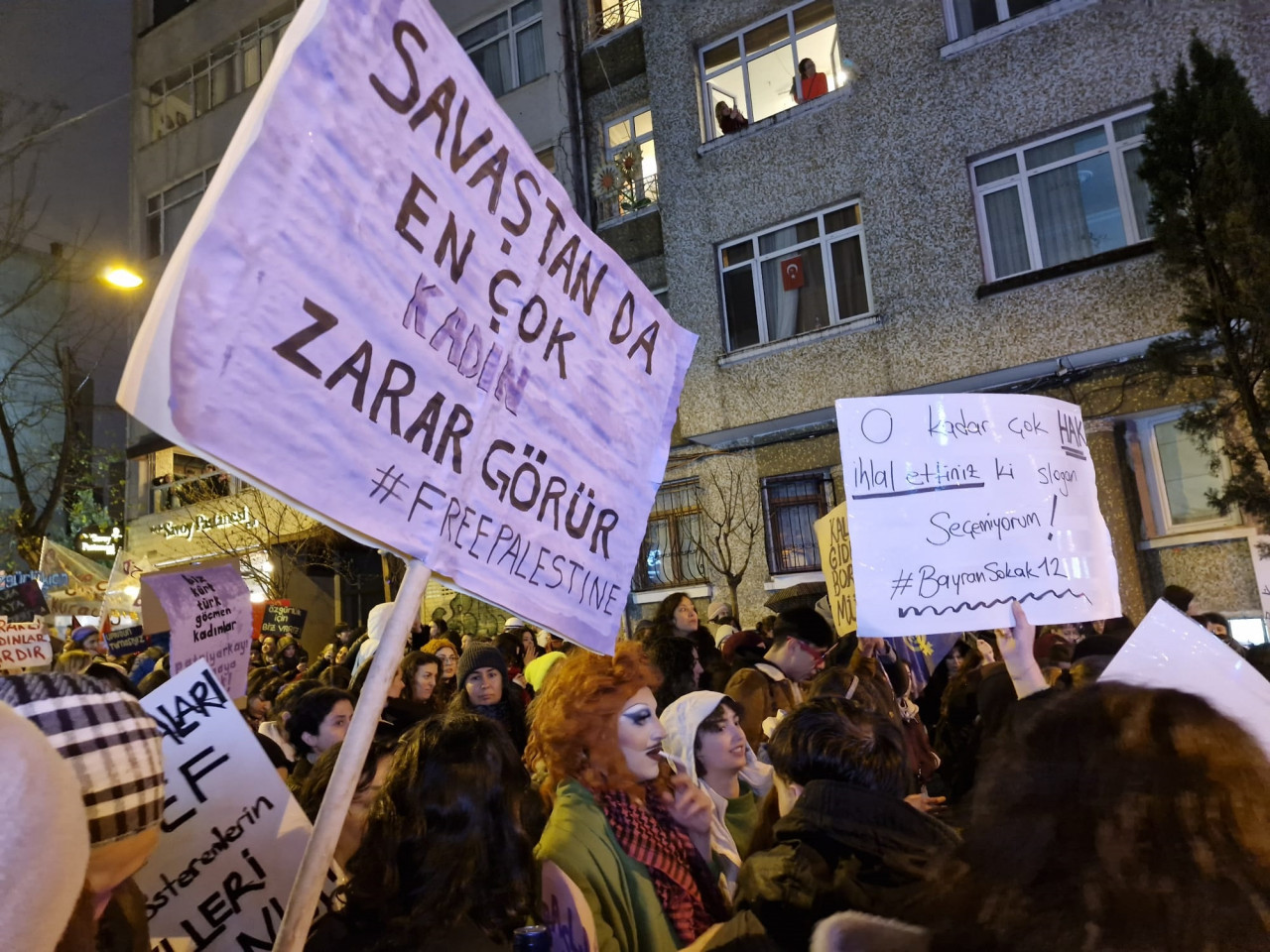
International Women's Day is a public holiday in more than 25 countries, including Russia, China (for women only), Uganda, Cuba, and several former Soviet states like Armenia, Belarus, and Kazakhstan. Some regions, such as Berlin in Germany, also recognize it as an official holiday.
In the United States, March is designated as Women's History Month, with the president issuing an annual proclamation recognizing women's contributions to society. However, the day itself is not a federal holiday.
One of the most recognizable symbols of International Women's Day is the color purple, representing justice and dignity. Alongside green (hope) and white (purity), these colors were originally chosen by the Women's Social and Political Union in the United Kingdom in 1908.
The 2025 International Women's Day theme, "Accelerate Action," calls for urgent measures to close gender gaps. Governments, businesses, and individuals all have roles to play in ensuring that equality is not a distant goal but a reality within this generation.